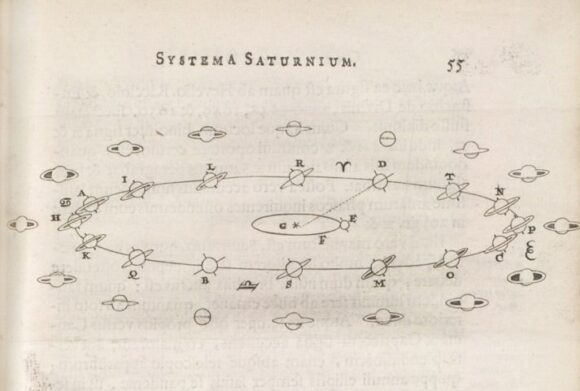Blame the sundial. A dinner guest in a play by the Roman writer Plautus, his stomach rumbling, complains that
“The town’s so full of these confounded dials
The greatest part of the inhabitants,
Shrunk up with hunger, crawl along the streets”
We’ve been slaves to number ever since. Not that we need complain, according to two recent books. Piero Martin’s spirited and fascinating The Seven Measures of the World traces our ever-more precise grasp of physical reality, while Four Ways of Thinking, by the Uppsala-based mathematician David Sumpter, shows number illuminating human complexities.
Martin’s stories about common units of measure (candelas and moles rub shoulders here with amperes and degrees Kelvin) tip their hats to the past. The Plautus quotation is Martin’s, as is the assertion (very welcome to this amateur pianist) that the unplayable tempo Beethoven set for his “Hammerklavier” sonata (138 beats per minute!) was caused by a broken metronome.
Martin’s greater purpose is to trace, in the way we measure our metres and minutes, kilogrammes and candelas, the outline of “a true Copernican revolution”.
In the past fundamental constants were determined with reference to material prototypes. In November 2018 it was decided to define international units of measure in reference to the constants themselves. The metre is now defined indirectly using the length of a second as measured by atomic clocks, while the definition of a kilogramme is defined as a function of two physical constants, the speed of light, c, and Planck’s constant, h. The dizzying “hows” of this revolution beg not a few “whys”, but Martin is here to explain why such eye-watering accuracy is vital to the running of our world.
Sumpter’s Four Ways of Thinking is more speculative, organising reality around the four classes of phenomena defined by mathematician Stephen Wolfram’s little-read 1,192-page opus from 2002, A New Kind of Science. Sumpter is quick to reassure us that that his homage to the eccentric and polymathic Wolfram is not so much “a new kind of science” as “a new way to convince your friends to go jogging with you” or perhaps “a new way of controlling chocolate cake addiction.”
The point is, all phenomena are mathematically speaking, either stable, periodic, chaotic, or complex. Learn the differences between these phenomena, and you are half way to better understanding your own life.
Much of Four Ways is assembled semi-novelistically around a summer school in complex systems that Sumpter attended at the Santa Fe Institute in 1997. His half-remembered, half-invented mathematical conversations with fellow attendees won me over, though I have a strong aversion to exposition through dialogue.
I incline to think Sumpter’s biographical sketches are stronger. The strengths and weaknesses of statistical thinking are explored through the life of Ronald Fisher, the unlovely genius who in the 1940s a almost single-handedly created the foundations for statistical science.
That the world does not stand still to be measured, and is often best considered a dynamical system, is an insight given to Alfred Lotka, the chemist who in the first half of the 20th century came tantalisingly close to formulating systems biology.
Chaotic phenomena are caught in a sort of negative image through the work of NASA software engineer Margaret Hamilton, whose determination never to make a mistake — indeed, to make mistakes in her code impossible — landed the crew of Apollo 11 on the Moon.
Soviet mathematician Andrej Kolmogorov personifies complex thinking, as he abandons the axiom-based approach to mathematics and starts to think in terms of information and computer code.
Can mathematics really elucidate life? Do we really need mathematical thinking to realise that “each of us follows our individual rules of interaction and out of that emerges the complexity of our society”? Maybe not. But the journey was gripping.


